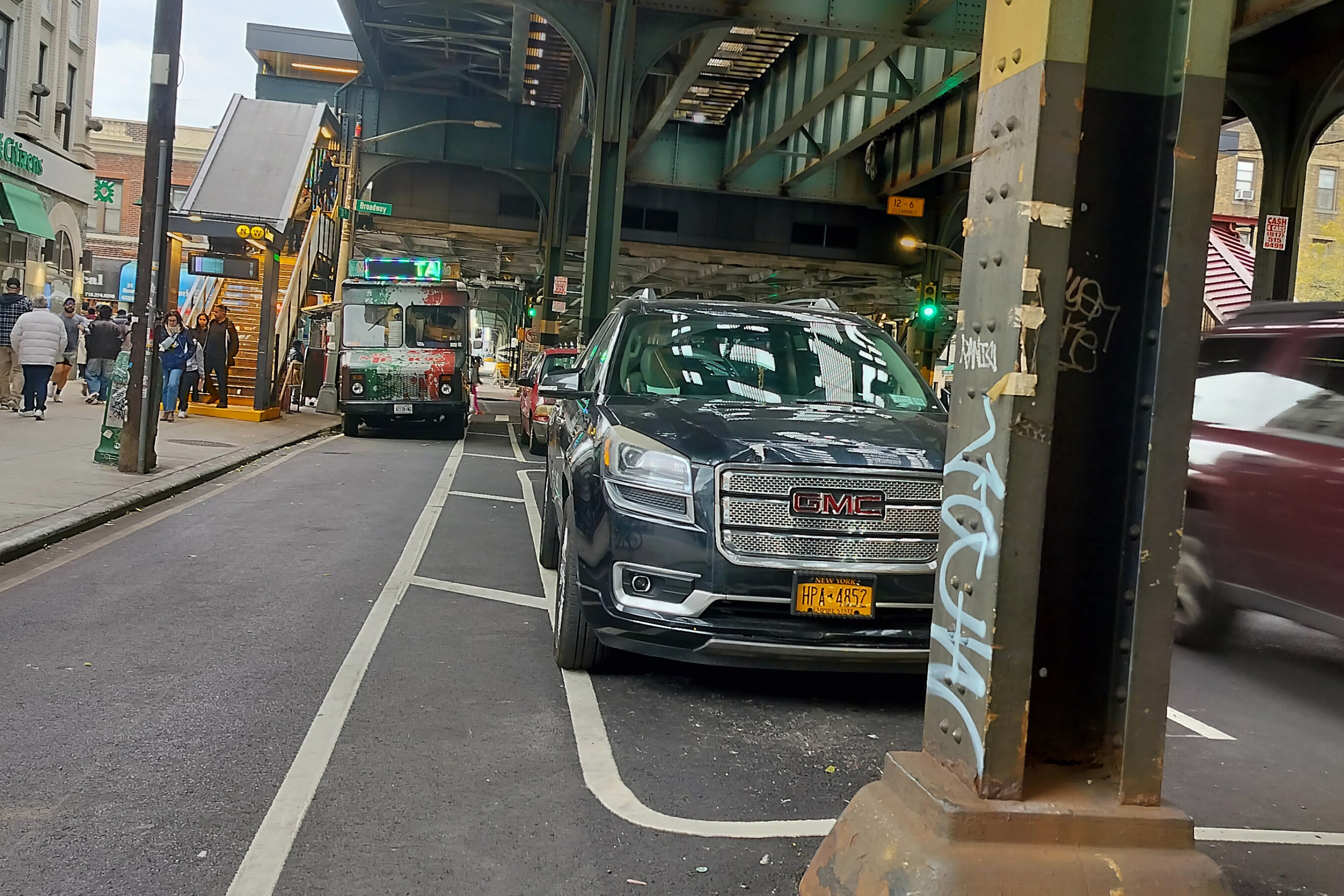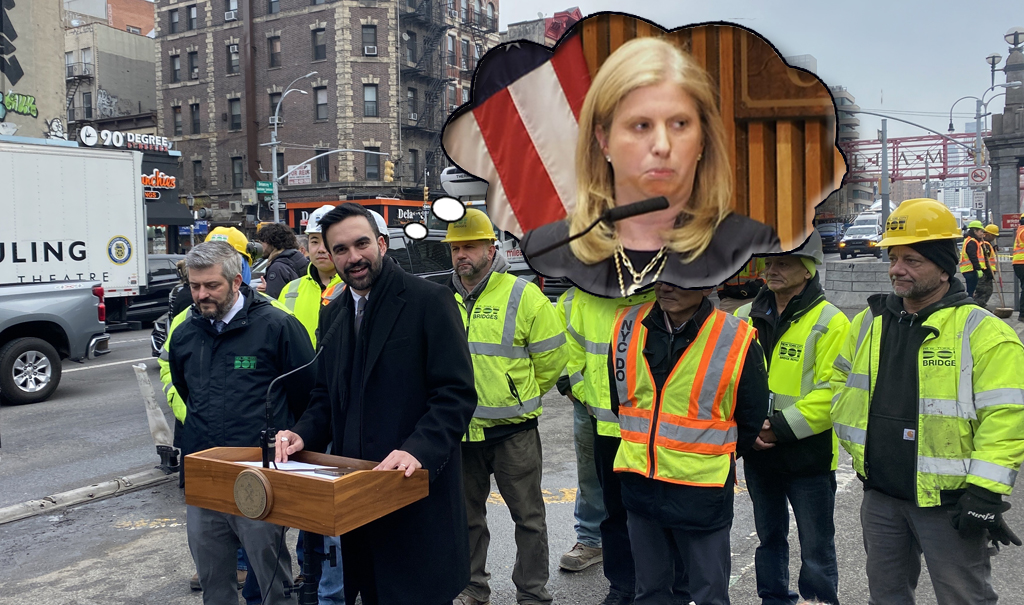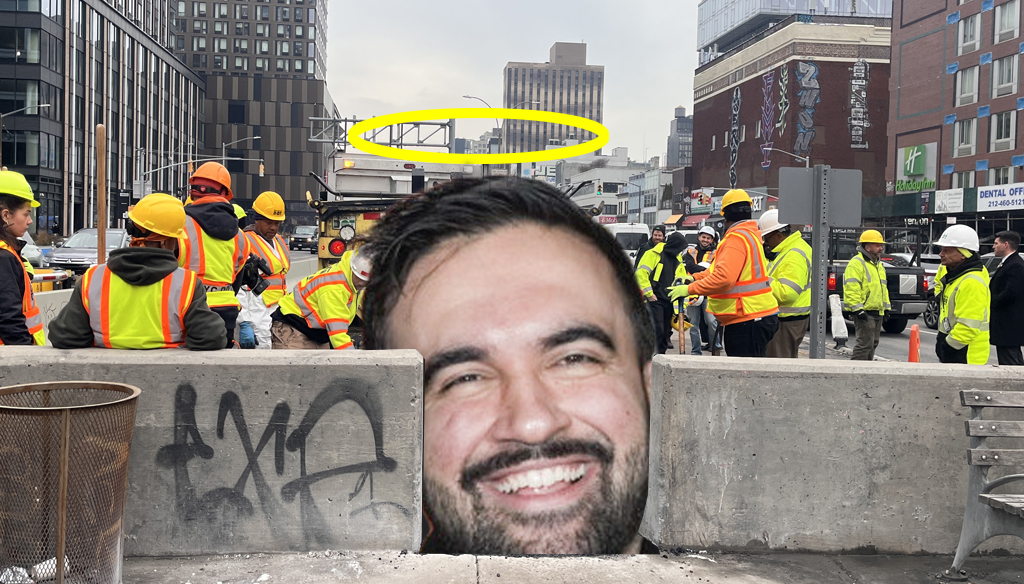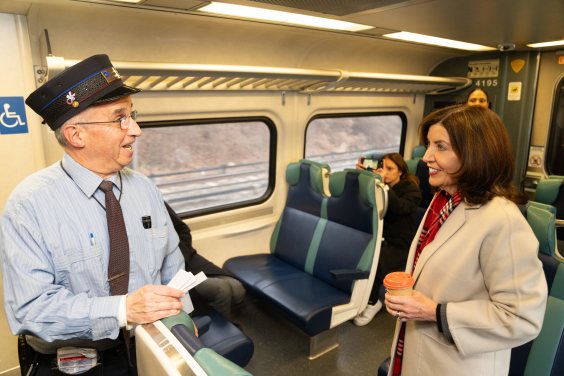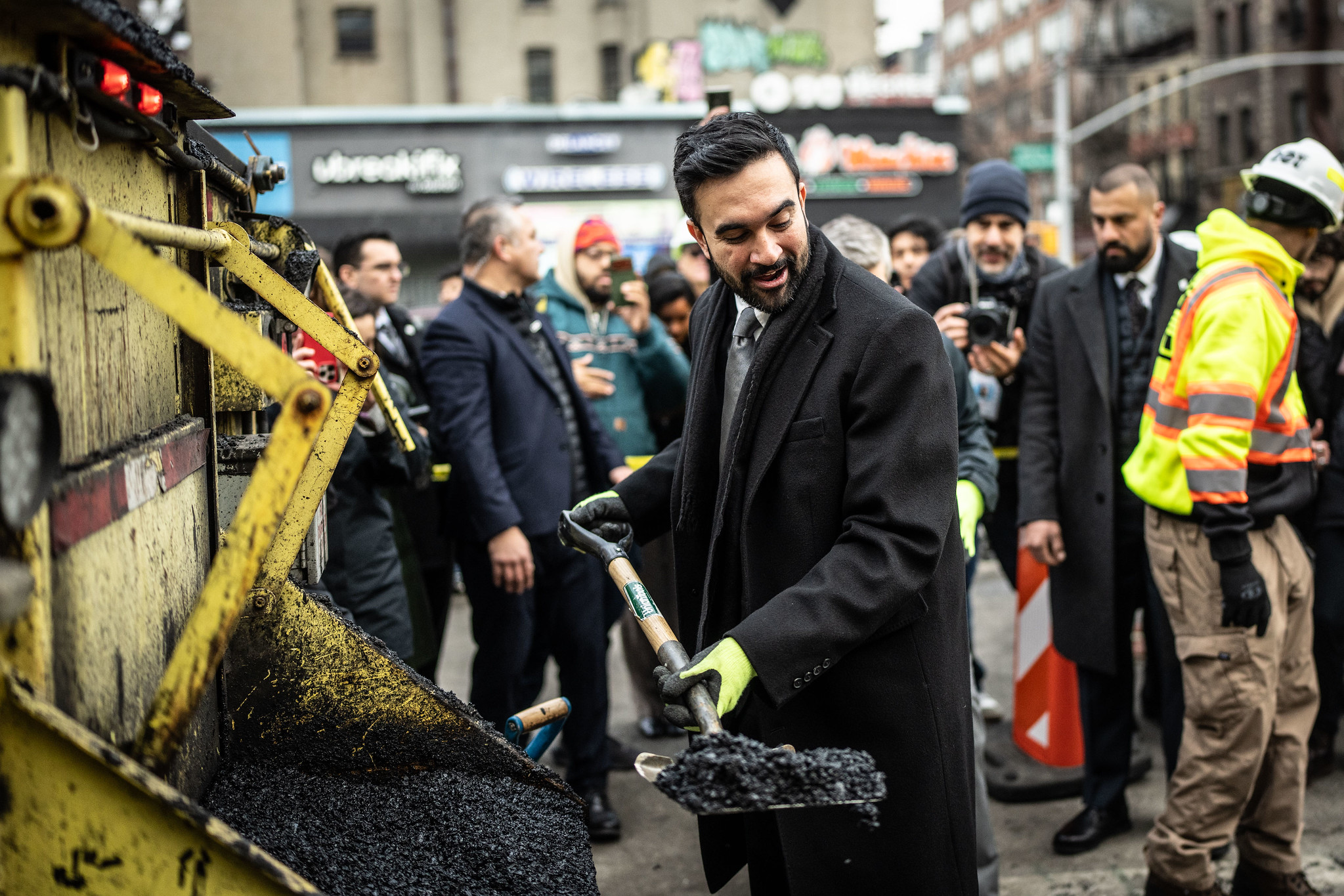 "Trixi" mirrors help drivers of large vehicles see cyclists at intersections. Physical infrastructure is only one component in London's "cycle superhighways" initiative. Photo: I Bike London
"Trixi" mirrors help drivers of large vehicles see cyclists at intersections. Physical infrastructure is only one component in London's "cycle superhighways" initiative. Photo: I Bike LondonEarlier this week, London launched its first two "cycle superhighways" to decidedly mixed reviews. First announced by then-mayor Ken Livingstone in 2008, the cycle superhighways haven't quite lived up to the expectations for safe and fast bike travel implied by their name, as you can see in this BBC News video.
The superhighways are quite vulnerable to intrusion from motorists and they look like pretty standard bike lanes -- albeit
with improvements at intersections, enhanced way-finding and some nifty
new safety features like "trixi" mirrors at traffic signals, which improve
cyclist visibility for the operators of bigger vehicles like trucks. They're also a very
bright blue, which at the very least will raise awareness about cycling.
The current mayor of London, Boris Johnson, has a lot riding on the cycle superhighways. He's declared 2010 the "Year of the
Bicycle," and the new bikeways will be paired this summer with an ambitious bike-share system -- 6,000 bicycles at 400 stations. Together, these two projects are expected to result
in an extra 62,000 bike trips per day in London, making a big
contribution toward the mayor's target of a 400 percent increase in cycling
by 2026. But the question remains whether the superhighways will justify the hype and the investment. The first two superhighways cost about $35 million to implement.
If you only look at the bright blue bike lanes, though, you're only getting half the picture. The real innovation behind the cycle superhighways may not lie in the improved physical infrastructure but in the supporting "softer measures" to promote their use. Transport for London (TfL), the mayor's transportation agency, has been working closely with businesses, schools and households along the route of the superhighways to encourage people to cycle.
With businesses, TfL has shared expertise to help develop workplace travel plans which encourage staff to use more sustainable forms of transport, including cycling. A lack of workplace amenities for cyclists has been identified as a major barrier to people commuting by bike, so grants have been given to provide additional workplace bike parking and changing facilities such as showers and lockers. Businesses have also been encouraged to join "Dr. Bike" programs, where companies hire mechanics to help their employees maintain and repair their bikes.
For many potential cyclists, safety is the biggest barrier, so TfL has provided additional funding for cycling education and training for households near the superhighway routes. To encourage novice cyclists who might not be used to riding on busy roads, group rides led by experienced cyclists have been organized along the superhighways.
This approach builds on Transport for London's existing "smarter travel program," which has been very successful in promoting more sustainable transportation through extensive use of personalized travel planning. In a three-year pilot in the London Borough of Sutton, these kinds of initiatives have supported a six percent mode shift away from cars, increasing cycling by 75 percent and bus use by 16 percent [PDF].
It will be interesting to see how much of an impact these softer measures have and what other cities can learn from them. Transport for London is closely monitoring the impact of the cycle superhighways on bicycling rates and will report back when the initial findings are released.
Jacob Dunbar is a London-based transportation planner living in New York.
